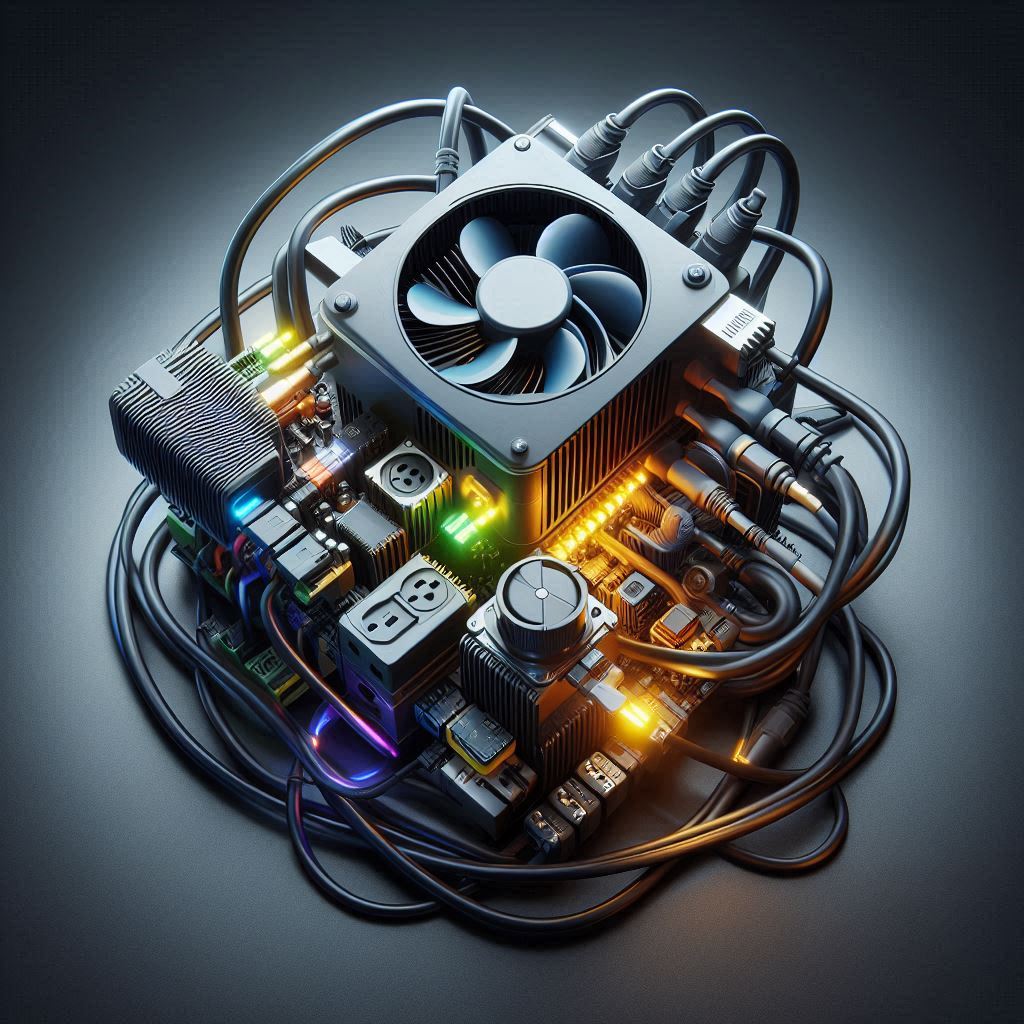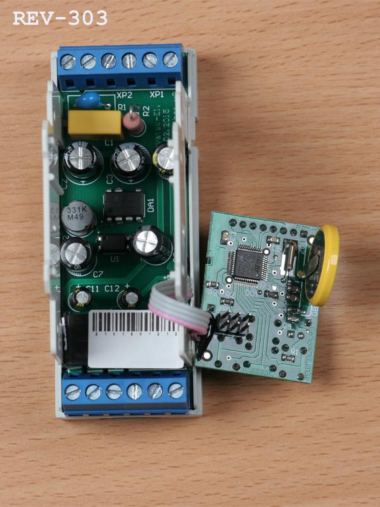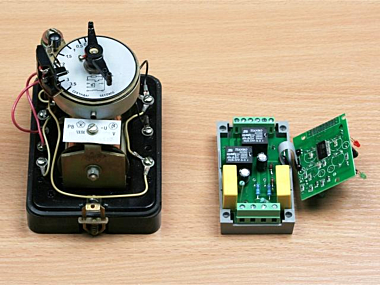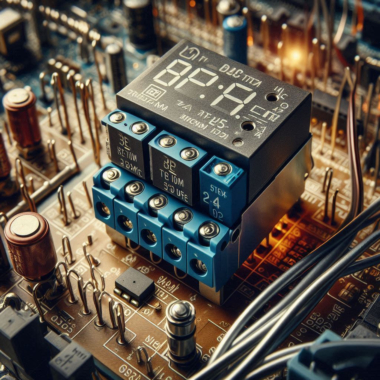Many consumers have no idea about the voltage coming into their homes and what is needed to power the various devices around them. Many electrical mechanisms operate on alternating current because it is transported to the end consumer due to its ability to be delivered over long distances. However, the need for direct current remains relevant, depending on the type of components used in the devices.
Devices that consume direct current must be equipped with special power supplies that convert alternating current into a stable value, in other words, they simply smooth it out. Direct current has higher power output after conversion from alternating current, which is due to the requirements of the operating processes of various devices.
Equipment that changes the direction of electrons and moves them in a straight line is called rectifiers. Power supplies for direct current can be controlled or uncontrolled, which is very relevant for automotive starters and chargers. Specially built rheostats allow for changes not only in resistance but also in current strength, which cannot be said about uncontrolled sources—they have a constant power output.
Modern household appliances come with built-in power regulators, which help prevent damage due to incorrect or irregular electrical charge supply. However, some devices may still not function correctly.
Reaction to Voltage Changes by Different Devices
The first point of contact between electricity and the "home" is the electrical panel, equipped with a protective device that activates in case of leakage and directed flow to the ground. Panels are also equipped with circuit breakers that activate in case of a short circuit caused by high-speed impulses and prolonged high-current loads.
Current meters do not work with linear current supply, regardless of whether they are mechanical or electronic. Therefore, one need not worry about incorrect measurement of consumed kilowatts during such network disturbances.
Heating devices maintain stable operation with any direction of the energy flow, thanks to bimetallic thermostats, which allow them to function regardless of the direction and form of the flow.
Lighting elements—incandescent bulbs, fluorescent lights, and LEDs—operate differently when exposed to linear current flow, despite having the same purpose. An incandescent bulb works comfortably with any electrical supply without changing its state or lighting quality. Fluorescent and LED lights, however, cannot operate on linear power supplies; they require a power regulator to function correctly.
As we can see, a definitive solution to all problems can only be achieved with the help of additional devices—electric current converters with output regulation.
Direct current power supplies are designed to provide all electrical equipment with the charge required by technical specifications and safety regulations. Unlike power regulators, these devices provide a constant voltage while adjusting its strength and stability.
They operate in two directions: voltage and power.
Classification of Power Supplies:
- By operating principle: linear – uses a network transformer with a regulated circuit, has minimal radiation interference but is characterized by low power and high weight; switching – allows for charge flow conversion and regulation, has lower weight and higher specific power.
- By power – high-frequency inverters, which have high protection requirements to prevent network damage.
- By the number of channels – up to 4 outputs, typical for modern models, with two of them being primary.
- Additional features – presence of numerous memory elements with saved parameters; fluctuation time recorders; immediate response to changes in specified parameters.
Main Advantages
Direct voltage conversion is guaranteed by the presence of a transformer with a rectifier, which together ensure that devices receive the required voltage and current.
The intermediate conversion scheme requires the use of an inverter to increase the frequency of alternating current before entering the transformer. This significantly reduces the cost of the energy carrier by decreasing its weight. For process stability and quality, some changes to the scheme are necessary.
Main Features:
- Ensuring voltage stability;
- Ability to control current using digital indicators;
- Minimization of network fluctuations;
- Stable energy and voltage readings on the line;
- Smooth output power supply;
- Ability to limit current supply;
- Network overload protection.
Such features positively impact the battery charge, which includes capacitors, resistors, and transistors, requiring additional protection and voltage supply regulation, with reliable protection against fluctuations outside the power supply unit.
Advance provision of safe power supply with DC IP for household and commercial devices will protect them from premature aging and frequent breakdowns. This is due to the constant supply of current, required power, and direction.
Using controlled power supplies can significantly reduce electricity costs consumed by all possible devices within the premises.




